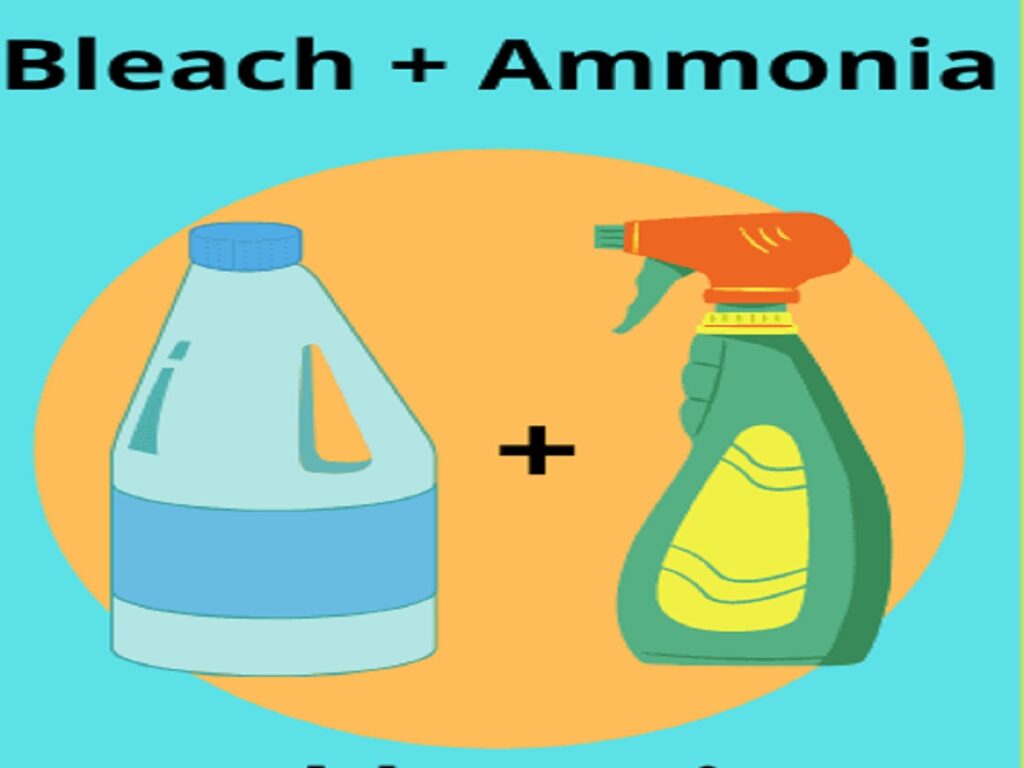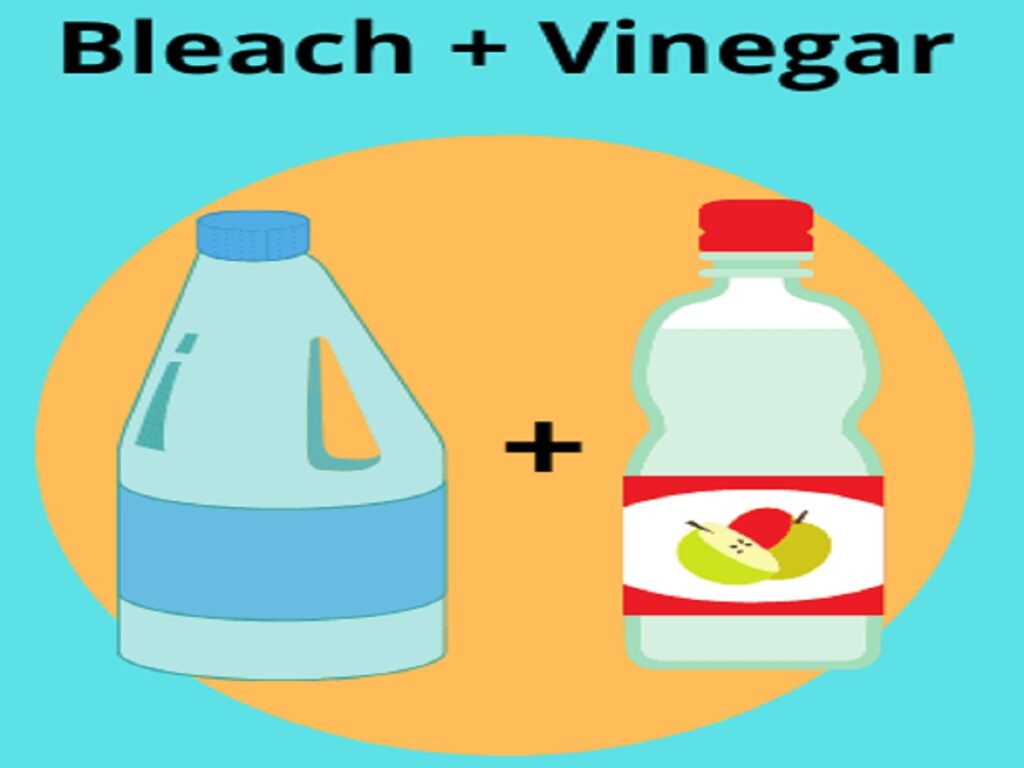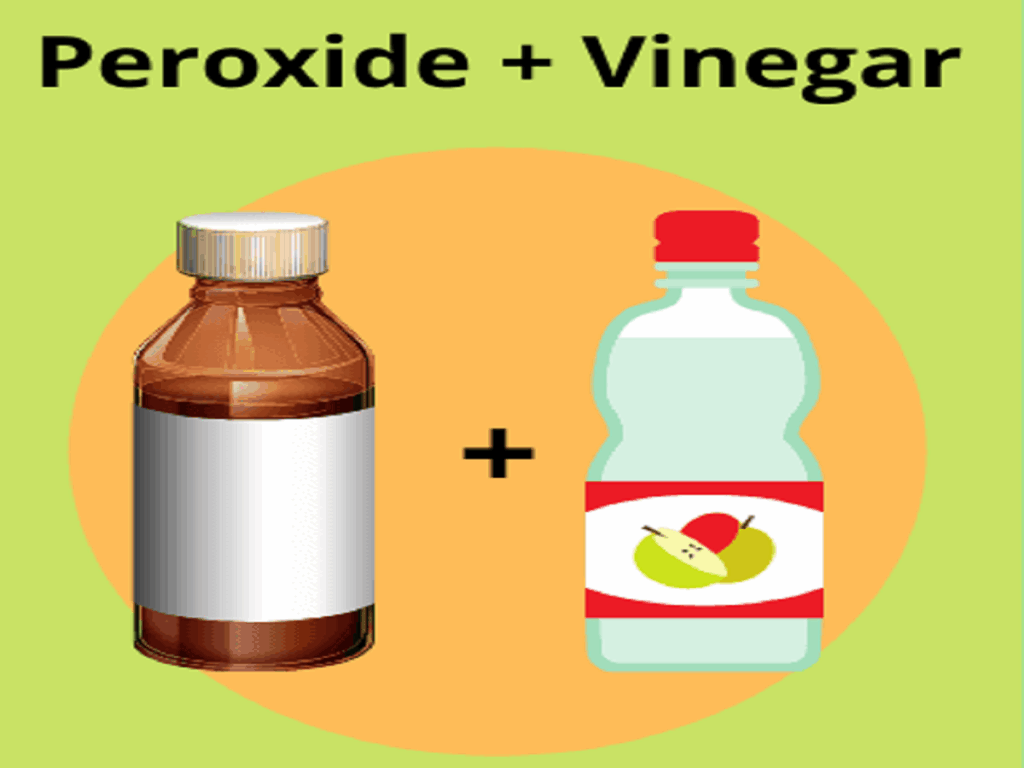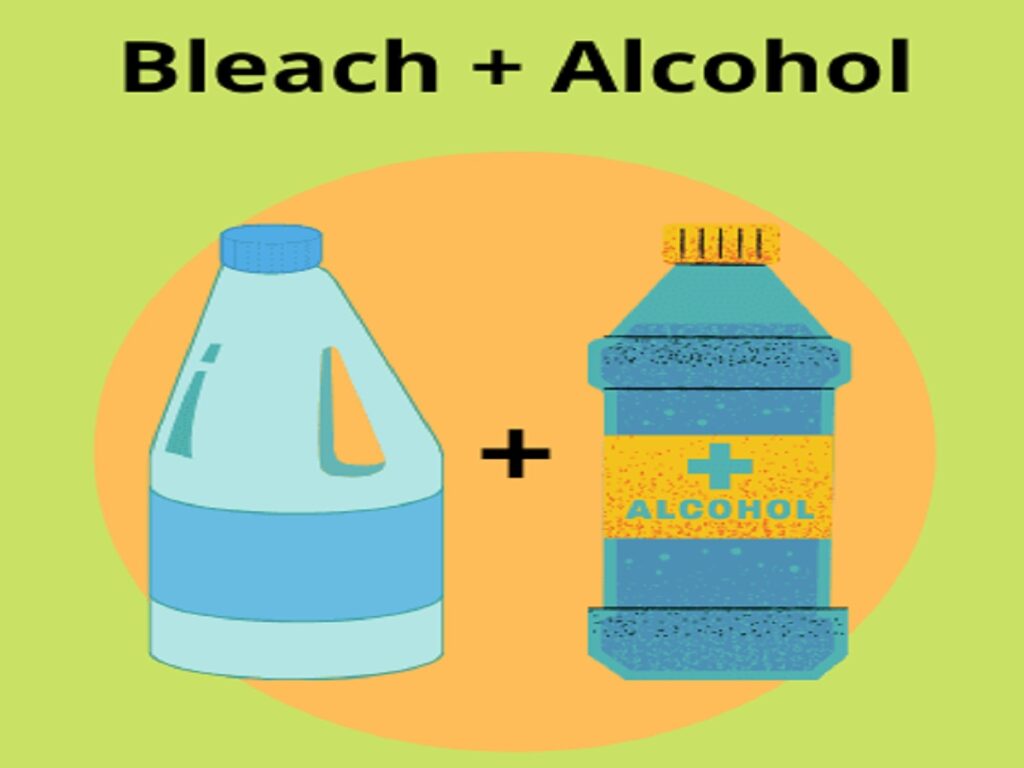Cleaning feels simple: grab a few supplies, spray, scrub, and rinse. But when certain products are mixed together, they can create more harm than shine. Household cleaners contain potent chemicals that, when combined, release dangerous fumes or form toxic compounds. Even mixes that seem harmless can irritate your lungs, eyes, and skin or damage surfaces you’re trying to clean. These unsafe combinations aren’t just science experiments gone wrong; they can cause real health hazards in everyday homes. Here are five cleaning mixtures you should absolutely never make.
1. Bleach and Ammonia

Bleach and ammonia are both powerful cleaners, but mixing them is one of the most dangerous mistakes you can make. When these two substances meet, they create toxic chloramine vapors that irritate the lungs, eyes, and throat almost instantly. Exposure can trigger coughing, chest pain, or shortness of breath, especially in small, unventilated spaces like bathrooms. The mix can even cause long-term respiratory issues if inhaled repeatedly. Always read labels carefully, many glass and floor cleaners already contain ammonia, so combining them with bleach becomes an invisible health risk.
2. Bleach and Vinegar

While both bleach and vinegar are common household disinfectants, mixing them doesn’t make a stronger cleaner; it makes poison. When combined, they release chlorine gas, a highly toxic vapor once used as a weapon during World War I. Even a small amount of this gas can cause burning eyes, coughing, or difficulty breathing. Many people mistakenly think using the two together boosts cleaning power, especially for mold or toilet stains, but this mix should never happen. Always use them separately and rinse the surface well before applying another cleaner.
3. Hydrogen Peroxide and Vinegar

Hydrogen peroxide and vinegar are both natural cleaning favorites, often praised for disinfecting and deodorizing surfaces. However, when mixed directly, they create peracetic acid, a highly corrosive compound that can irritate your skin, throat, and eyes. It also damages many surfaces, including metal and wood, by breaking down protective coatings. If you want to use both for extra cleaning power, apply one first, let it sit, rinse thoroughly, and then use the other. Keeping them separate ensures you get a deep clean without turning your kitchen into a chemistry lab.
4. Bleach and Rubbing Alcohol

Combining bleach with rubbing alcohol produces chloroform and hydrochloric acid, both extremely toxic. Chloroform vapors can cause dizziness, nausea, and even unconsciousness in concentrated amounts. This chemical reaction happens fast, often before you even notice the smell, making it particularly hazardous in enclosed areas like bathrooms or laundry rooms. Many disinfectant sprays and sanitizers already contain alcohol, so adding bleach unknowingly creates danger. To clean safely, stick with one product at a time, rinse well, and ensure good ventilation whenever you use stronger cleaning agents.
5. Baking Soda and Vinegar

Unlike the others, mixing baking soda and vinegar won’t create deadly fumes, but it’s still a bad idea for cleaning. When these two react, they neutralize each other, forming mostly water and carbon dioxide. That means their individual cleaning powers are lost. The fizzing action looks satisfying, but it doesn’t provide deep cleaning results. For instance, using this combo in a drain might make bubbles, yet it rarely clears serious clogs. To use them effectively, apply baking soda first, rinse, and then use vinegar separately for a safer, stronger clean.
Comments